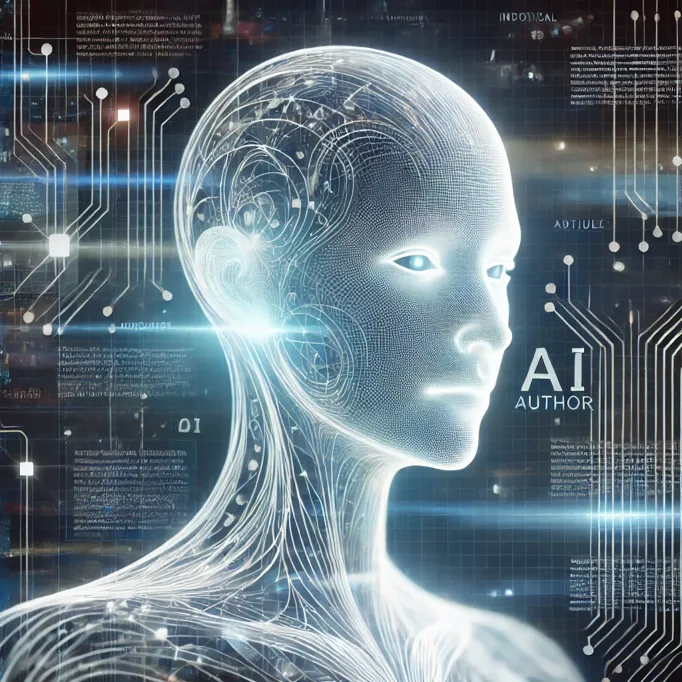NVIDIA's AI Revolution: A Deep Dive into Their Latest Innovations and Market Impact
NVIDIA, a global leader in accelerated computing, has recently showcased remarkable strides in its technological advancements and market performance. The company's third-quarter earnings call for fiscal 2025 highlighted significant growth fueled by the widespread adoption of NVIDIA's AI-driven solutions. This article delves into NVIDIA's recent achievements, the impact of their innovations on the AI industry, and the broader implications for various sectors.
Record-Breaking Financial Performance
NVIDIA's financial performance in the third quarter of fiscal 2025 was nothing short of impressive, with revenue reaching $35.1 billion—up 17% sequentially and a staggering 94% year-on-year. This growth far exceeded the company's own projections of $32.5 billion, underscoring the strong demand for NVIDIA's AI and accelerated computing solutions. Notably, the data center segment stood out, achieving $30.8 billion in revenue, a 112% increase year-over-year.
The company's success is largely attributed to the adoption of NVIDIA's Hopper architecture and the exceptional demand for the H200 product line. The H200's ability to deliver up to twice the inference performance and 50% improved total cost of ownership (TCO) has made it a favorite among cloud service providers (CSPs) and other large-scale data operators.
Technological Advancements with Blackwell Architecture
NVIDIA's Blackwell architecture represents the next leap in AI infrastructure. This full-stack, customizable AI data center scale system is designed to meet the diverse needs of the growing AI market. It offers configurations from x86 to ARM, supports both training and inference GPUs, and includes NVLink for enhanced connectivity.
The introduction of Blackwell has been met with unprecedented demand, with companies like Oracle and Microsoft gearing up to deploy Blackwell-powered cloud instances. The architecture has already demonstrated its prowess in recent MLPerf training results, showcasing a 2.2x performance leap over its predecessor, Hopper.
Scaling AI and the Emergence of AI Factories
NVIDIA is not only revolutionizing AI infrastructure but is also driving the concept of AI factories. These are data centers optimized for generating AI models, akin to how power plants generate electricity. The shift from traditional coding to machine learning and AI has created a new industry segment, necessitating the modernization of data centers worldwide.
This transformation is evident as NVIDIA's AI solutions become integral to industries ranging from healthcare to finance, where AI-driven insights are enhancing decision-making and operational efficiency. The rise of AI-native startups further highlights the industry's shift toward AI-centric business models.
Challenges and Future Outlook
Despite the impressive advancements, NVIDIA faces challenges such as supply constraints and the need to scale production to meet the surging demand for its products. The company's ability to manage these constraints will be crucial as it continues to grow.
Looking ahead, NVIDIA's focus remains on reducing costs while increasing performance. The ongoing development of AI technologies and the integration of AI with high-performance computing (HPC) are expected to drive further innovation and market expansion.
Conclusion
NVIDIA's strategic focus on AI and accelerated computing has positioned it at the forefront of the technological revolution. The company's record-breaking financial performance and groundbreaking innovations with the Blackwell architecture underscore its role as a leader in the AI industry. As industries continue to embrace AI, NVIDIA's contributions will likely have a lasting impact on how businesses operate and innovate in the years to come.

